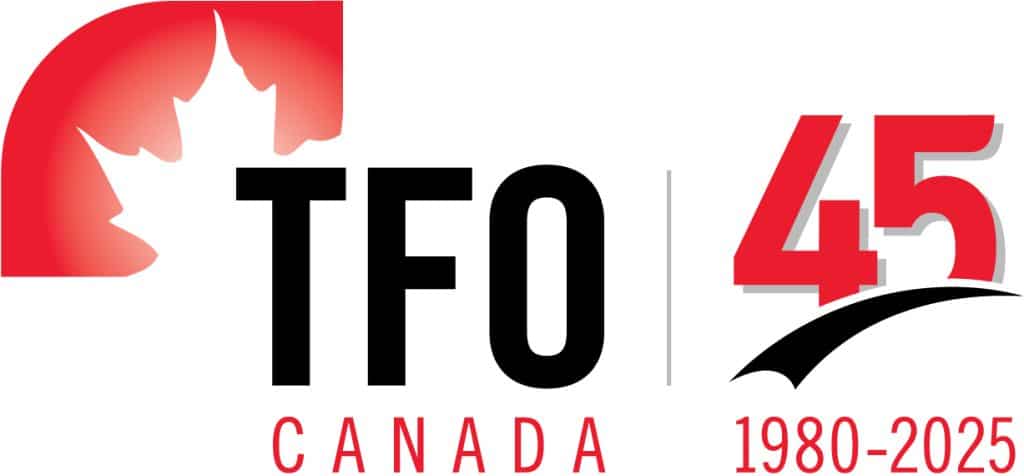Unveiling ‘skimpflation’: The latest consumer squeeze
“Skimpflation” signifies a subtle alteration in the nutritional composition of certain products. While the term may be unfamiliar to many, the practice itself has a decades-long history.
Amid the escalating tide of food prices, the practice of coining novel terms to elucidate the surge in these costs has become widespread. In addition to contending with the dual challenges of escalating expenses and diminishing product sizes – commonly known as “shrinkflation” – consumers have also found themselves grappling with the concept of “shelflation.” This pertains to the reduction in the shelf life of grocery products due to disruptions in the supply chain, particularly affecting perishables like produce. If you’ve noticed a decline in product quality, this phenomenon can be attributed to “shelflation.”
However, it is imperative for consumers to remain vigilant about the emergence of yet another term, “skimpflation,” which signifies a subtle alteration in the nutritional composition of certain products. While the term may be unfamiliar to many, the practice itself has a decades-long history.
Food manufacturers have quietly adjusted the formulations of various food items, often resulting in discernible disparities in taste and texture. Indeed, numerous food products have undergone discreet modifications. For instance, a recent CBC report highlighted changes in E.D. Smith‘s pumpkin pie filling recipe, with vegetable oil shifting from its previous third position to sixth place, and water taking on a more prominent role as the third primary ingredient. Even familiar items like Cheez Whiz spread have undergone transformations over the years, wherein cheese has been overtaken as the primary component by an entity known as “modified dairy substances.” This trend extends across a spectrum of products, including granola bars, chips, chocolate, pasta and crackers.
The motivations driving these adjustments are multifaceted. While the term “skimpflation” might insinuate a deliberate downgrade in quality and nutritional value to cut costs – partially accurate – there is a more intricate narrative at play. As the costs of food ingredients surge, companies often reformulate and rigorously test new recipes to ensure that consumers remain unaware of any changes. Many research and development initiatives are centered on providing the market with competitively priced food items, resulting in subtle modifications. Admittedly, the nutritional integrity of products can be compromised in the process. Nevertheless, the pursuit of cost savings is merely one facet of a broader tale.
Companies undertake reformulation efforts to render products more appealing to specific demographics. This might involve intentional alterations in flavours, calorie counts, sodium levels, fat content or even sugar content. Some changes are driven by strategic considerations, while others are motivated by regulatory factors. For example, the impending front-of-packaging labeling regulations set to take effect in January 2026 will mandate the inclusion of a new symbol on packages containing elevated levels of saturated fat, sugars and/or sodium. To avert having such an indicator on their products, manufacturers are already engaged in reformulation, resulting in revised ingredient lists for numerous food items.
In essence, “skimpflation” transcends mere cost-saving measures. It is equally a response to regulatory requirements. While these practices are entirely legal, consumers can gauge the implications of “skimpflation” by consistently monitoring food labels, even scrutinizing a few products each week. Regrettably, there is a limited scope for consumer action in this regard.
However, the impact of “skimpflation” on our food economy extends beyond products to encompass customer service. Over the past year, a report from Field Agent Canada has illuminated a host of unsatisfactory service-related experiences in grocery stores, indicative of a shift in service quality and labour issues. As a collective, 79% of Canadians have observed instances of product unavailability, 55% have encountered longer queues, 48% have noted a shortage of checkout clerks, 47% have struggled to locate store employees, and 39% have identified an insufficient number of checkout lanes. The proliferation of self-checkout lanes in recent years has further exacerbated consumer dissatisfaction. All these instances underscore a trend of cutbacks and cost-saving measures.
The landscape of grocery shopping has undergone a transformation. Not only have products evolved, but the service provided has also undergone alterations. It is imperative for consumers to remain vigilant, adapting to these changes as they navigate the evolving food economy.”
*This article is excerpted from Canadiangrocer.com website, published 14th August 2023
